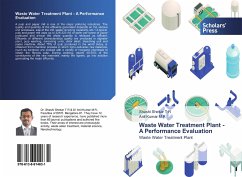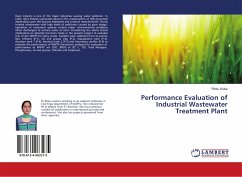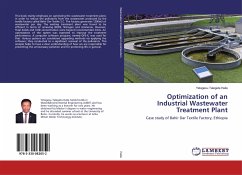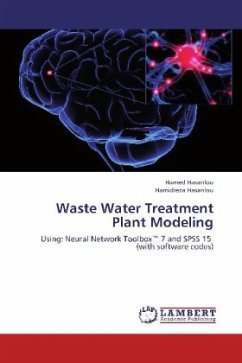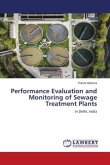A pulp and paper mill is one of the major polluting industries. The quality and quantity of the effluents generated depends on the various unit processes, size of the mill, waste recycling capability, etc.1 A typical pulp and paper mill uses up to 225-320 m3 of water per tonne of paper produced and almost the whole quantity is released as effluent. Effluents of different characteristics quality are produced in digester plant, pulp washing, screening units, chlor alkali, bleaching unit and paper machine. About 75% of pulp produced in the world today, is obtained from chemical process in which ligno-cellulosic raw materials, (such as bamboo) are cooked with a variety of inorganic chemicals to obtain the fibrous pulp. During cooking, nearly 40-50% of the constituents of the raw materials, mainly the lignins, go into solution generating the major effluents.

